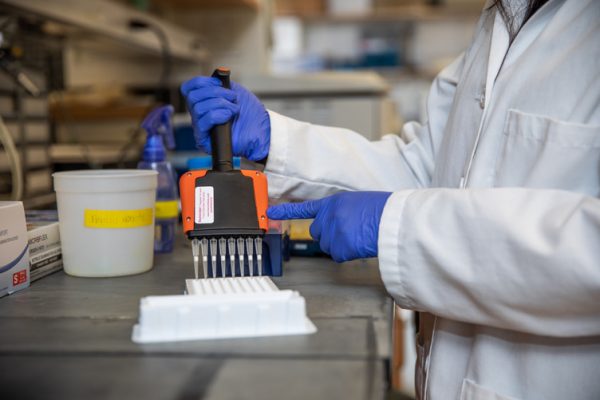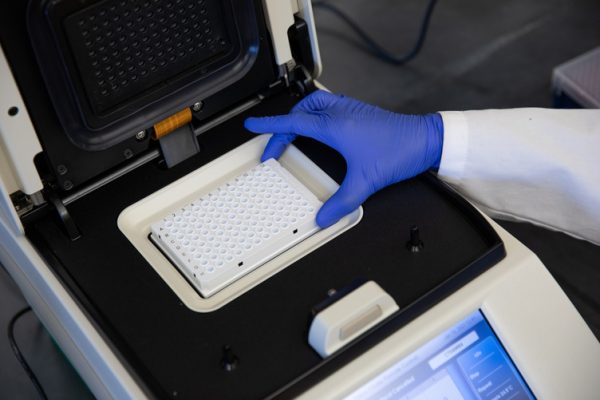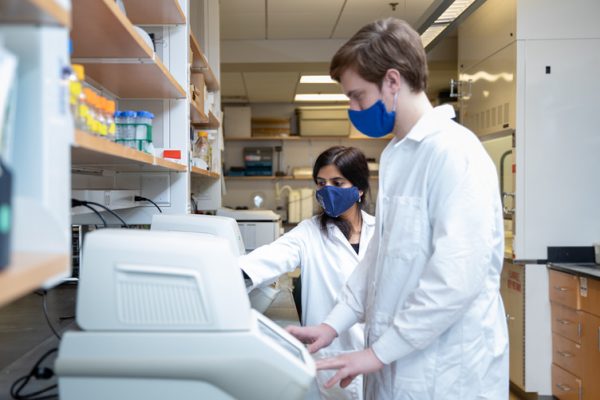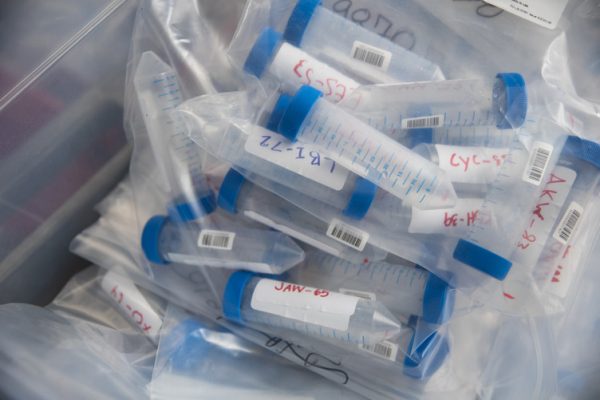Whitman School Names Julie Niederhoff as Chair of Marketing Department
The Whitman School of Management has appointed Associate Professor Julie Niederhoff as chair of the marketing department, effective Aug. 4. Niederhoff has been with the Whitman School since 2007, and also serves as co-director of the H.H. Franklin Center for…








 That data is then entered into the testing database and triggers an alert to the Public Health Team regarding the person(s) whose sample came back positive. The Public Health Team then contacts the individual(s) by phone to initiate confirmatory diagnostic testing and any necessary isolation, quarantine, and contact tracing protocols.
That data is then entered into the testing database and triggers an alert to the Public Health Team regarding the person(s) whose sample came back positive. The Public Health Team then contacts the individual(s) by phone to initiate confirmatory diagnostic testing and any necessary isolation, quarantine, and contact tracing protocols.